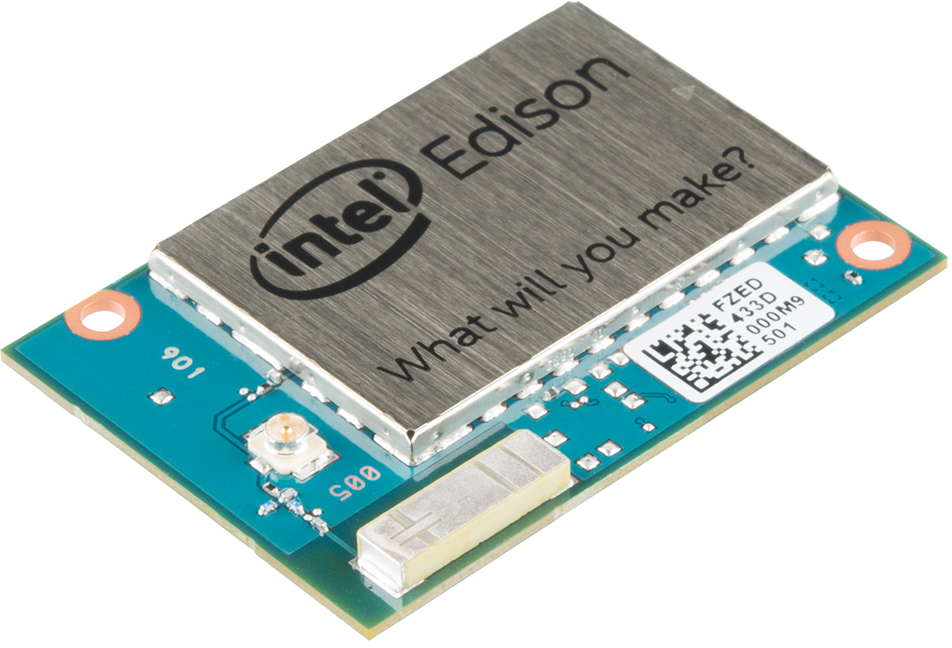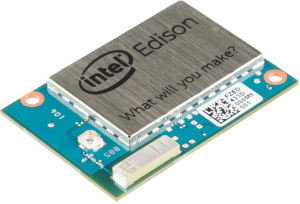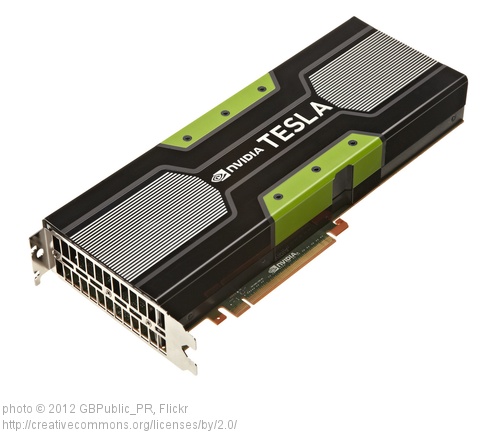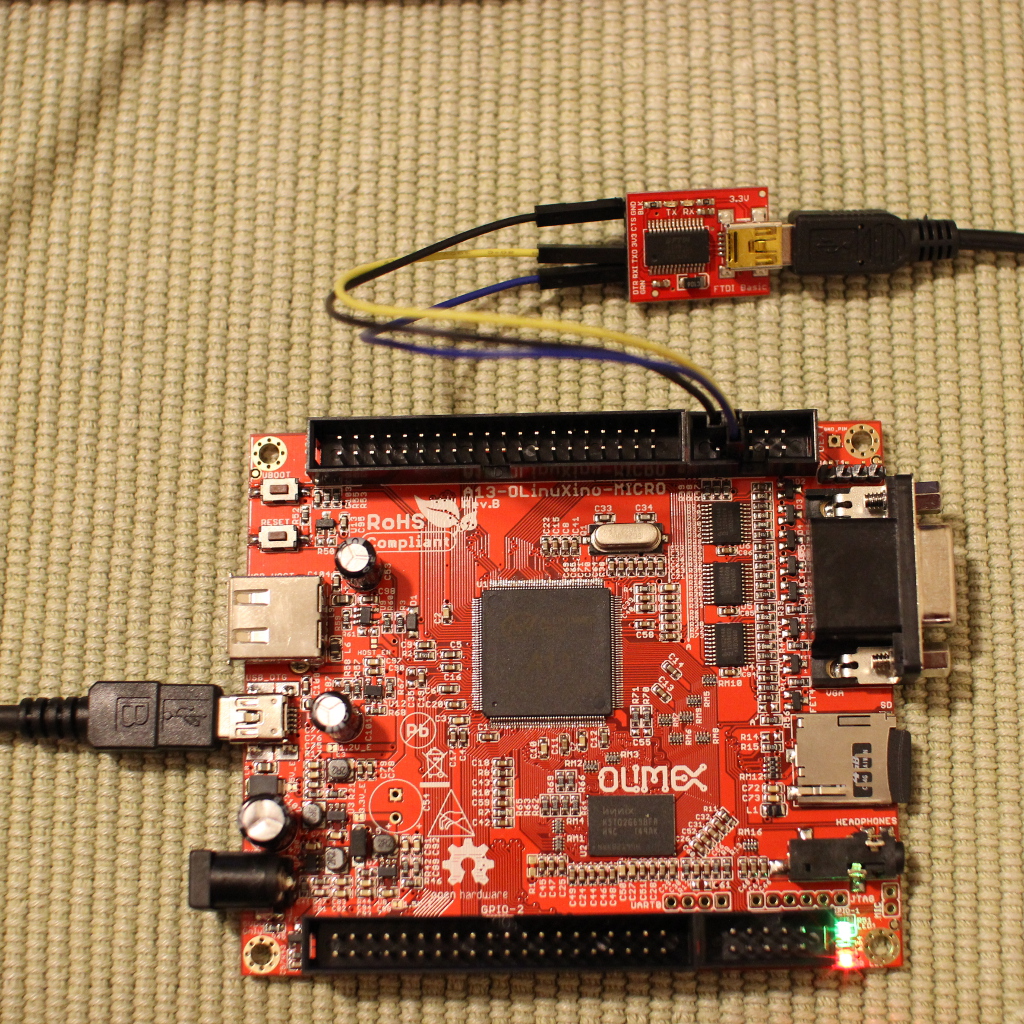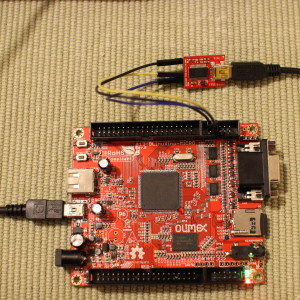If you are playing around with avrdude and fuses in an Arduino, you might run into an error like:
avrdude: safemode: lfuse reads as 0 avrdude: safemode: hfuse reads as 0 avrdude: safemode: efuse reads as 0
This is because the Arduino bootloader cannot access fuses in the ATmega. To fix this, we can use another Arduino as an in-system programmer (ISP).

